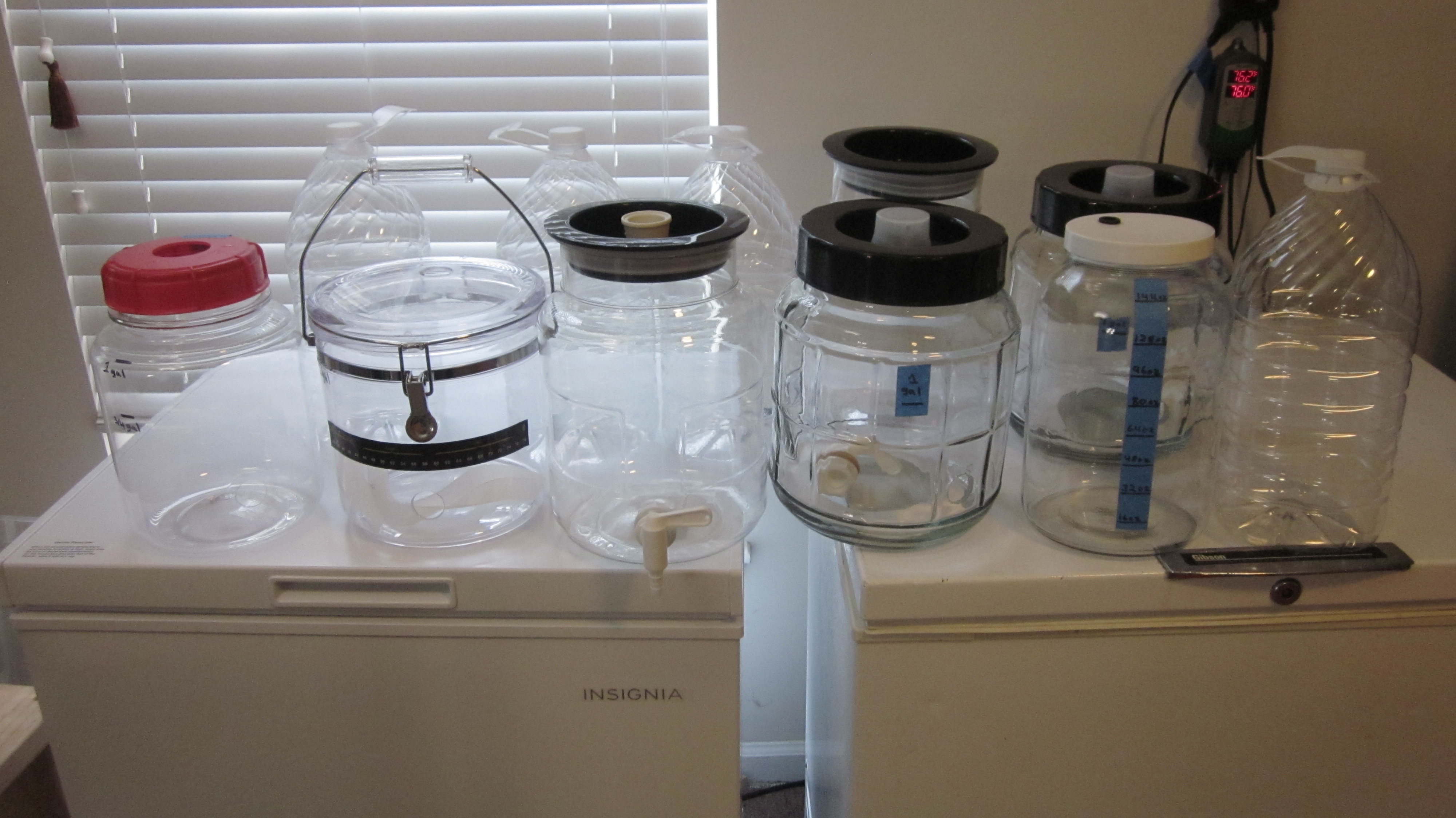I recently downsized from 5 gal also. I pieced together a 2.5 gal system over the winter using a 6 gal Bayou Classic steamer kettle, Unibrau 120V controller(or Inkbird IPB-16s), 1650 Watt element and various weldless TC fittings from Bobby @ brewhardware.com. So far I am very happy with it. If I ever wanted to scale down any further I would just buy a smaller kettle and transfer everything over. But right now I feel like 2.5 -3 gal is just right for me. I do love brewing with electric vs. propane though.
View attachment 731764
Nice! No matter how many Bobby videos I watch on silver soldering, I just can't pull it off. It's not my thing apparently. I use TC fittings pretty much everywhere else. I did buy the female threaded TC fitting for the valves on the Anvils. Being brewing specific equipment, I wish Anvil would have provided TC fittings out-of-the-box. It would have been worth the extra cost. Of course I just bought my Anvil a couple weeks ago, with the pump kit, and NOW they come out with the stainless steel head for the pump. Argh! It's like buying Apple products.




